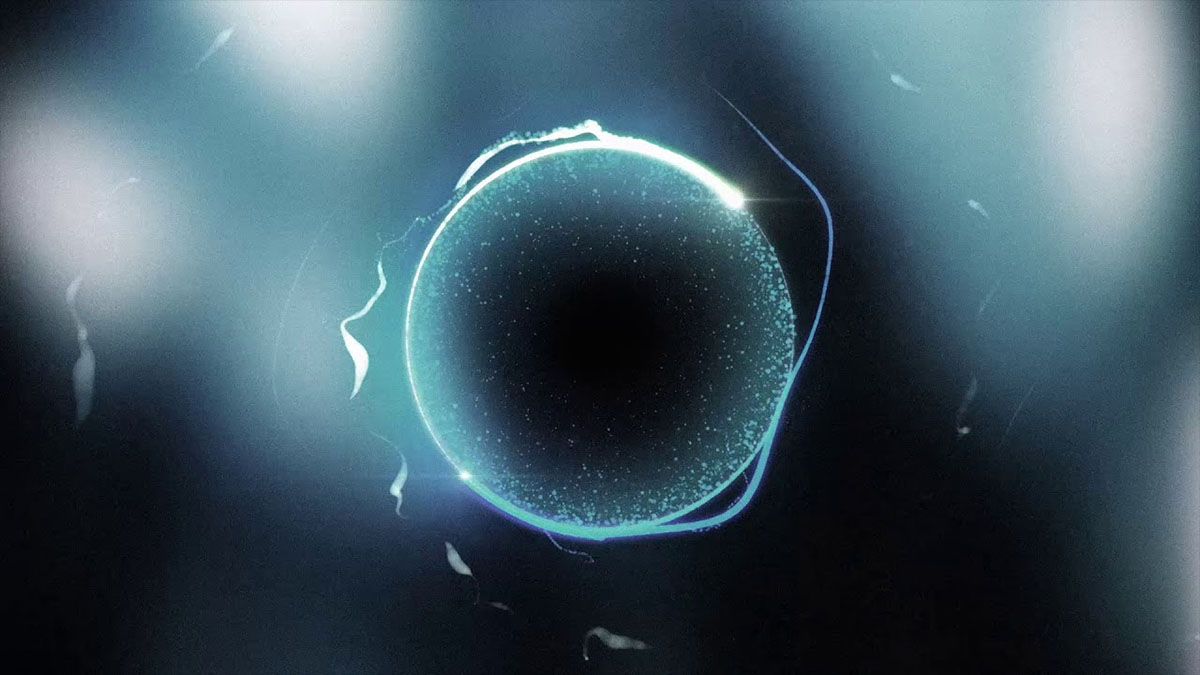why planet nine is very unlikely to be a tiny black hole

Since the 1880s, astronomers have been hunting for some way to explain the odd motion of small objects past the orbit of Neptune, typically a planet massive enough to be a super-Earth or a smaller gas giant. But since such a planet hasn’t turned up so far, there have been attempts to come up with some more exotic explanations, like these trans-Neptunian objects clustering together and acting like eccentric planets, and a new paper positing that the long-sought ninth planet is actually a black hole small enough to hold in your hand — although actually doing that would be a terrible idea — is just the latest iteration of these creative proposals.
Of course, since it references black holes, the pop sci media jumped on it and started asking whether it’s possible that there’s a tiny relic of the universe’s formation right in the cosmic equivalent of within arm’s reach. Hypothetically speaking, it’s not completely impossible. As mentioned in our recent primer on the subject, an object of any size compressed within its Schwarzschild radius can turn into a black hole so a cloud of gas and dust with the mass of five or six Earths imploding billions of years ago could technically become one because black holes don’t care which matter created them, only that this matter was compressed past the point of no return.
Due to its small size, it wouldn’t be able to feed much and remain far too small, too distant, and too cold to be detected by existing instruments. Even a dedicated telescope looking for traces of gamma ray radiation moving very quickly in a predictable pattern would have trouble. And there’s another problem. While we think these primordial black holes, formed during the very energetic birth of stars and galaxies as we know them and drifting across the universe until one day when they end up surprisingly close to us, like some of the very first stars, we’ve never seen evidence of one actually existing, or even a process that would create such a bizarre object.
If you have a cloud of dust between multiple supernovae exploding at the same time and it gets hit from all angles at the same time, would such an even generate enough force to collapse into a black hole between the size of a toy marble and our moon? We really don’t know. With that in mind, substituting a planet we aren’t sure exists with a far more exotic object about which we’re even less sure, and which would be as hard to find as a flashlight in a large city at night, seems very problematic from a scientific standpoint. So, the obvious question is why not stick with the planet angle instead of hunting for cosmic unicorns?
According to the paper’s authors, to keep astronomers from fixating on one idea and keeping an open mind to all possibilities, especially as the search for Planet Nine drags on with relatively few tangible results. And while we’re searching for an explanation to the odd motion of trans-Neptunian objects, why not test every possible explanation, especially if it could confirm a very odd quirk of general relativity in the process? Worst case scenario, we can completely rule out some proposals and narrow down the probability that Planet Nine is indeed a super-Earth, not some exotic configuration of space rocks or an artifact from the dawn of the universe. Best case scenario? We turn a vague, hypothetical aspect of astrophysics into tangible observations and learn a lot more about how the universe works.
See: Scholtz, J., Unwin, J., (2019) What if Planet 9 is a Primordial Black Hole? arXiv: 1909.11090





